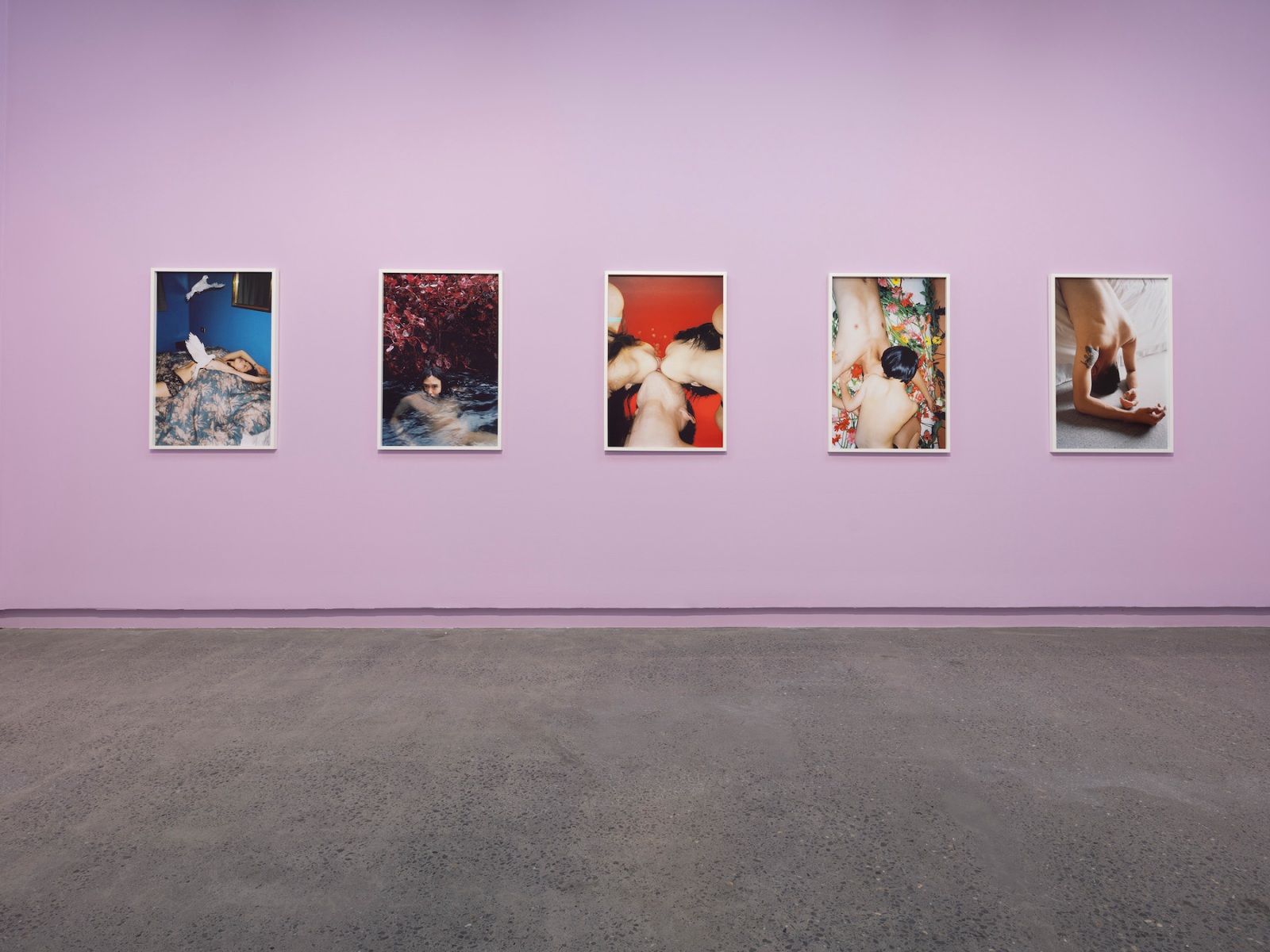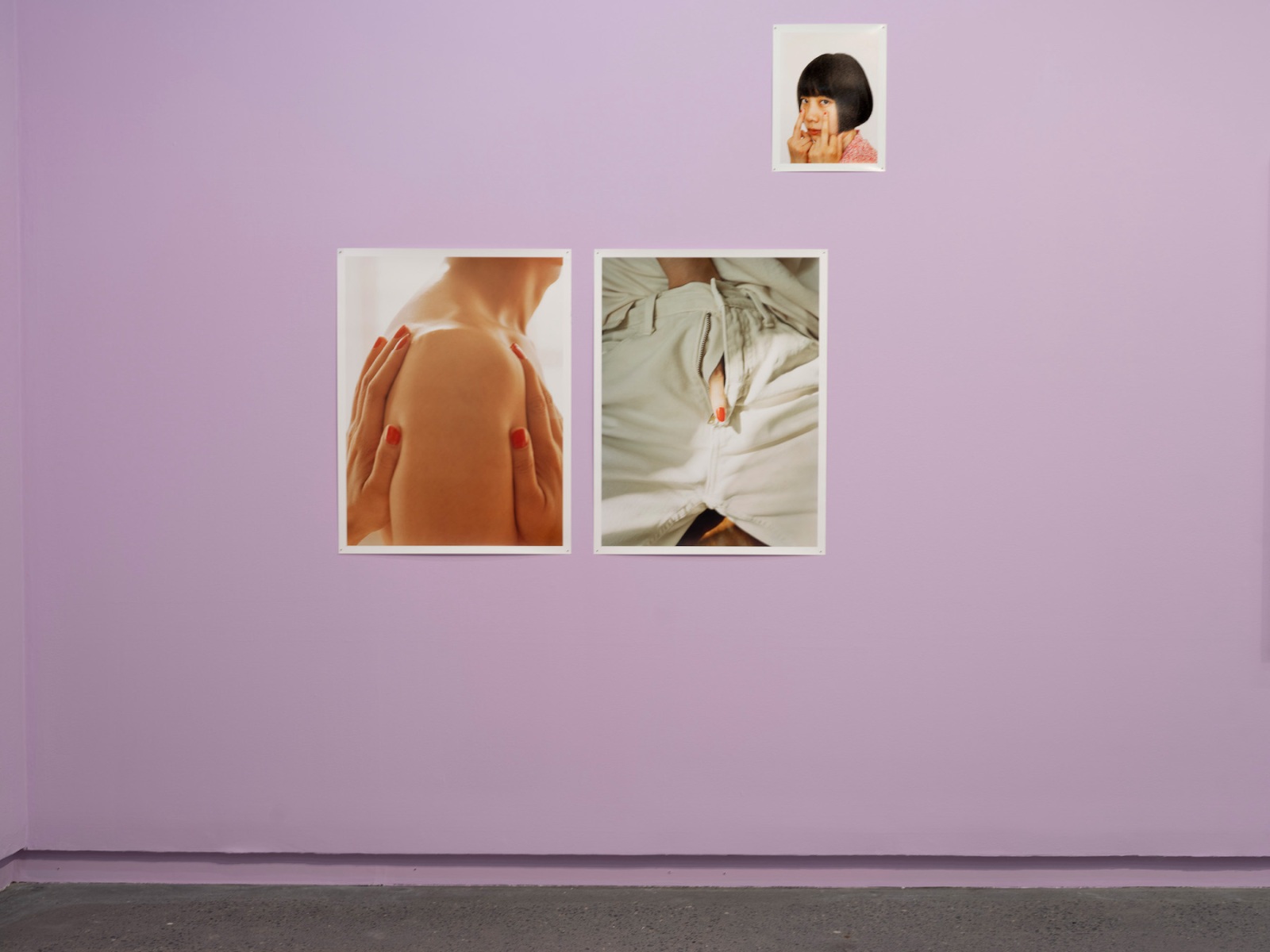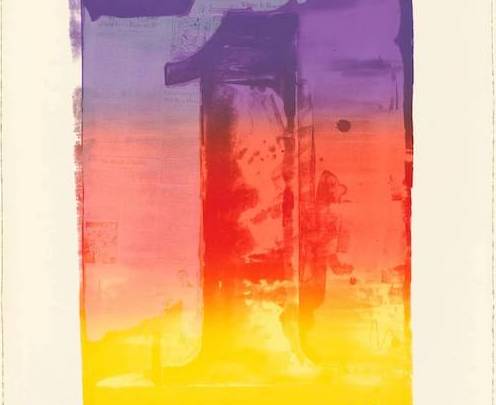According to the country’s first female sexologist, Li Yinhe, China has undergone a “sexual revolution.”[1] Considered to be a “bourgeois predilection” during the rule of Mao Zedong’s Chinese Communist Party, sex (which I use interchangeably with sexuality to umbrella its cognitions, orientations, and identities) has enjoyed a post-reformist revival in the east Asian state.[2] Although China has retained much of its historical conservatisms toward sex, research indicates that Chinese people are becoming more liberal toward the once frowned upon topic.[3] Accelerated by widespread access to the internet, sexual attitudes and behaviours have taken a revolutionary turn as intimate relationships, and the ways in which they are represented, have diversified.[4] As Western media began to exert its influence in the post-Mao era of the 1980s, representations of sexuality, eroticism, and romance began appearing in concert with alternative individual and family lifestyles. This new media landscape proffered a type of modernity that was popular amongst the younger generations. Sex became recreational as sexuality brokered new ways of being. No longer was it the sport of marriage and procreation.[5] And, if sex sells, it is the next generation who have bought into the promise of its revolutionary horizon.
Before entering Griffith University Art Museum to view the works of post-Mao photographers Pixy Liao and Lin Zhipeng (aka No.223), it occurred to me how infrequently I encounter graphic representations of Chinese sexuality. My frame of reference was limited to that of the late photographer, Ren Hang, whose racy images of Chinese adolescents in various states of undress garnered him a cult following before his tragic passing. Curated by Rachel Cieśla, Each, Other, brings together photographic works from Liao’s ongoing Experimental Relationship project, which she began in 2007, and an assortment of 223’s flash-lit snaps from as early as 2006. Closing in on nearly two decades, both artists document the ever-evolving shifts in Chinese attitudes toward sex and its erotic inclinations. Although working toward contrasting conceptual ends, as I will show, both delineate non-traditional representations of sexuality and eroticism as a ‘revolutionary’ means of resisting traditional Chinese norms—those of which they buoy to a repressive past in pursuit of a liberatory future.
Stepping into the gallery space—an opened room cleared of internal walling and licked by a candied shade of lilac—my eye was first caught by a photograph of a strawberry punnet: Beijing-based 223’s Love, Passion and Quarantine (2020). Coiled inside the punnet, as if it were a very hungry caterpillar, is a rubber strand of anal beads. ‘Sexy,’ I thought. In fact, there’s something sexy about most, if not all, of 223’s photos. Taking his name from the heartbroken police protagonist in Wong Kar-Wai’s Chungking Express (1994), 223 journeys across sex and eroticism with glamorous, photophilic, ease. His visual style tenders a sort of diarist, gonzo photography, that necessitates not his participation in the shot, but rather the spectre of his sexual drives, which are channelled through the medium’s inherent subjectivity towards a shared cultural imago. For young Chinese audiences, his photos might ask: is this you? In the breaking down of Chinese cultural norms, images of men embracing, on beds or in milky waters, three-way pashes, pierced and perspiring nipples, pregnant bellies, and bare buttocks push against state-sanctioned sexualities. Sigmund Freud knew that any part of the body could be made erotic; that sexual excitation is not limited to genitalia, as pleasure (which I consider to be the artist’s conceptual underbelly) arises from our erotic attachment to any number of idiosyncratically defined bodily zones.[6] I think 223 knew—knows—this, too. It is the body-as-erogenous-zone-as-final-frontier. The artist does well to let the body dialogue in this way, routinely deprivileging the face and frontality. It’s as if he turns away from himself, into himself. Here, I turn to Liao.
Amongst 223’s flash-happy photographs of sexually enfranchised Chinese youth hang the intimate portraits of Shanghai-born, Brooklyn-based, Liao. Where 223 concerns himself with pleasure, I see Liao concerning herself with power: how it has been historically structured and how it can be playfully reappropriated. In her photographs, the artist depicts herself alongside her Japanese boyfriend, Takahiro ‘Moro’ Morooka, who is five years her junior. She portrays herself in a dominant role, the main character, whilst Moro often submits to his part as a supporting act, a ‘prop.’[7] Liao pricks the conservatisms of Chinese attitudes toward sex and gender, namely, the idea that in relationships men should be older, wealthier, wiser, and more mature. From the outset the slender, often nude, Moro appears to be anything but. I look to Beauty is in the eye of the beholder (2015) where he sits seiza-style like a male geisha rather than samurai.[8] A kimono falls delicately at the waist to expose his back. His hand softly grasps his shoulder as he turns side-profile. ‘How beautiful,’ I thought. Without sacrificing her own beauty, Liao exacts a presence that is immediate and front-facing. Hers is a sense of order, which works in the service of sexual power. She bends Moro over her knee, straddles him, spoons papaya from his crotch, and pinches his nipple.[9] To riff John Berger: Liao acts and Moro appears. Liao looks at Moro. Moro watches himself being looked at. We watch the artist watching Moro being watched.[10] Our view privileges Liao’s ideological order, which seeks control via the camera’s organisational field. I find the recurring shutter cord a signifier of this order. Looking is seldom neutral and I think Liao reminds us of this. After all, one woman’s extramarital affair is another man’s cuckolding.
I would never have assumed Each, Other was drawn from the larger exhibition I have not loved (enough or worked), shown at the Art Gallery of Western Australia earlier this year. Such is its standalone presence, which feels site-specific and seductively attuned. If not owed to a stately hang, credit must be given to Cieśla who has sublimated often contrasting, though at times overlapping, conceptual ends into a singular chronicle where neither Liao nor 223 feel prioritised over the other. In view of my reading, I think it useful, albeit obvious, to point out the distinctions of the public versus private dichotomy, which along the axis of sexuality is mandated by inherited social and cultural values. In the works of 223, sex spills out into the natural world where moonlit roads, waterholes, mushrooms, flowers, and doves erupt in passionate mise-en-scènes. Sex is naturalised, exterior. And yet for Liao, sex is domesticated, closed off from everyone but herself, Moro, and the viewer. The foci of her work, then, is interiority, of both indoor settings (always gorgeously framed) and her own internality. Sex is a retreat from this world, into that world; from us, back into ourselves. It is by and large the very nature of our sexual subjectivities that continue to rub up against a past not yet fully freed of its constraints. This is true in Australia as I expect it to be in China.[11] If in China the past begins to thoroughly shed its prohibitions, it must surely give its thanks to artists like Pixy Liao and Lin Zhipeng (aka No.223). And, if in China the sexual revolution has not yet been televised, at least we know it has been photographed.
[1] Lin Yinhe, as cited in Esther Zao, “A sexual revolution silently going on in China,” 3 June 2005, http://www.chinadaily.com.cn/english/doc/2005-06/03/content_448407.htm.
[2] Andrew Jacobs, “Sex Expert’s Secret Is Out, and China’s Open to It,” New York Times, 6 March 2015, https://www.nytimes.com/2015/03/07/world/asia/chinese-advocate-of-sexuality-opens-door-into-her-own-private-life.html.
[3] Jia Yu, Weixiang Luo, and Yu Xie, “Sexuality in China: A review and new findings,” Chinese Journal of Sociology 8, no. 3 (July 2022): p. 294, https://doi.org/10.1177/2057150X221114599.
[4] Yu, “Sexuality in China,” p. 299.
[5] Yu, “Sexuality in China,” p. 298.
[6] See: Freud’s ‘erotogenic zone’ in Sigmund Freud, An Outline of Psychoanalysis (1940)
[7] “People started commenting on my images because I was using him in this way – as a prop rather than a human being.” Pixy Liao, “Experimental Relationship,” interview with Cat Lachowskyj for LensCulture. https://www.lensculture.com/articles/yijun-liao-experimental-relationship-2.
[8] Seiza (正座) translates roughly to ‘correct sitting’ or ‘proper sitting.’
[9] I see an affective link between Liao’s nipple-pinching portrait Relationships work best when each partner knows their proper place (2008) and the anonymously painted Gabrielle d’Estrées and one of her sisters (c.1594–95). I pay attention to the works’ redness and the textuality of gathered drapery and the ruffled/ruched blouse.
[10] See: John Berger, Ways of Seeing (1972)
[11] I am not Chinese, nor have I been to China. I defer to the research cited above.
Adam Ford (Nyoongar) is a Meanjin-born and based curator, writer, and art historian. He currently works as Assistant Curator, Indigenous Australian Art, Queensland Art Gallery | Gallery of Modern Art.










